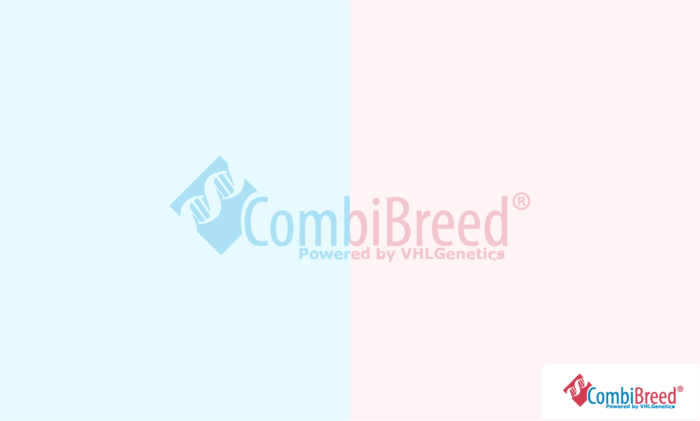
€57,48 €47,50 excl. VAT
Primary Open Angle Glaucoma (POAG) is a bilateral eye disorder that results in increased pressure inside the eyes.
15 working days
From €5,95 shipping and administration per order (incl. VAT)
Specifications
| Breeds | |
|---|---|
| Gene | |
| Chromosome | 3 |
| Mutation | c.194_213del |
| Organ | |
| Specimen | Swab, Blood EDTA, Blood Heparin, Semen, Tissue |
| Mode of Inheritance | Autosomal Recessive |
| Also known as | POAG |
General information
Primary Open Angle Glaucoma (POAG) is a bilateral eye disorder that results in increased pressure inside the eyes. It is often caused by problems in the trabecular meshwork (TM) and the anterior chamber (the front part of the eye), which impair the normal drainage of aqueous humour. This impaired drainage leads to elevated intraocular pressure (IOP), which damages the optic nerve and gradually leads to the death of retinal ganglion cells. As a result, the condition causes pain, progressive vision loss, and eventually blindness.
This variant of this disease, caused by a recessive mutation in the ADAMTS17 gene, occurs in the Basset Hound.
Similar variants have also been identified in the Basset Fauve de Bretagne, Petit Basset Griffon Vendéen, and the Chinese Shar-Pei.
Clinical features
Common symptoms include dilated pupils, red eyes, cloudy corneas, and elevated eye pressure. The increased pressure is painful, which may cause the dog to lose its appetite, scratch at its eyes, rub its head against walls, and sometimes show aggressive behavior due to discomfort.
Early diagnosis is crucial. With timely treatment to reduce eye pressure consistently, it is possible to prevent damage to the optic nerve and retina, preserving the dog’s vision and quality of life. If the increased ocular pressure is resistant to treatment, the dog will have painfull, blind eyes and enucleation of the eye(s) might be the only option to solve the dogs pain.
Additional information
References
Pubmed ID: 26474315
Year published: 2015
Omia ID: 1976
Omia variant ID: